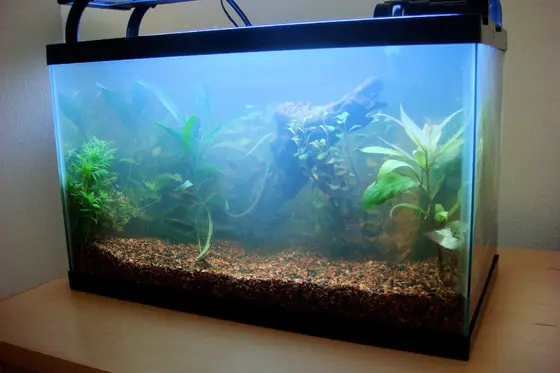
Article
The Nitrogen Cycle
In a closed environment, such as your aquarium, many things such as fish waste, excess food, decaying plant matter (if you have live plants) will build up toxins inside of the water. Since there is no big water to dilute such factors, we must make sure that we create and have a stable biological filtration to break down toxins happening at all times. There are three common stages to this biological filtration, in which different types of beneficial bacteria eat only a specific type of toxin that is created naturally.
Aquariu.ms

